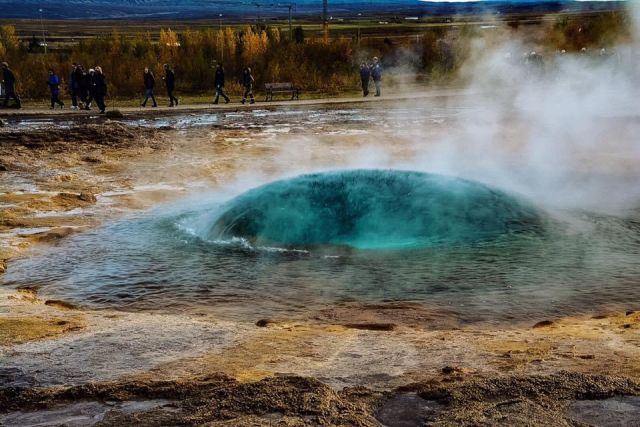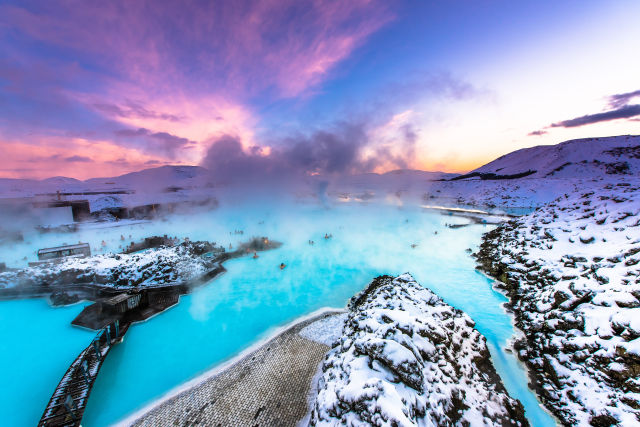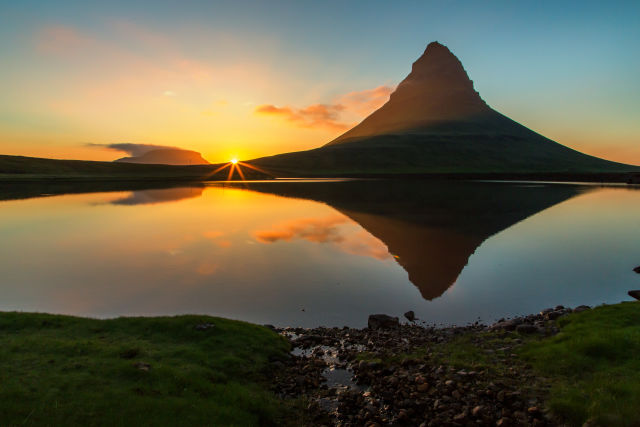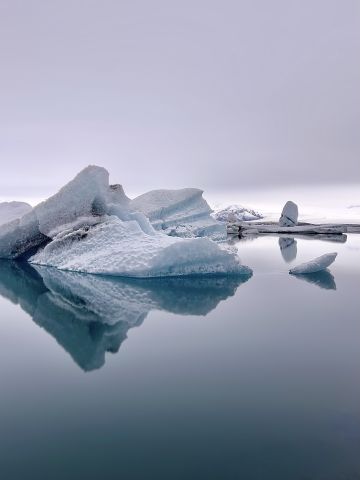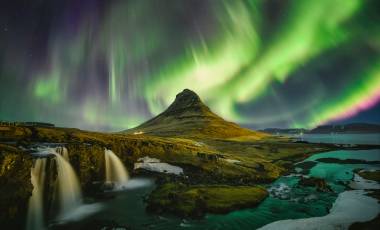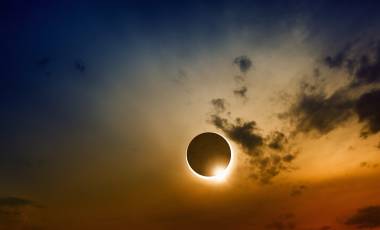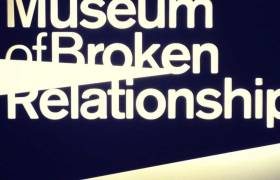Wow! If it’s adventure you are after, then you’ve come to the right place. Iceland has so much to offer, not only the Northern Lights. There are glacier hikes, caving, surfing, whale watching to name a few activities in Iceland. For the not so physical, there are beautiful waterfalls and amazing landscapes that are breathtaking to say the least. If you have never been to Iceland and you’re contemplating it, do it! You won’t regret it.

Reykjavik Tours
Top 5 Natural Wonders to Experience from Reykjavik
Adventure Holidays to Reykjavik
This dramatic coastal city which is often the start and end point of holidays in Iceland, can be explored in depth on our holidays to Reykjavik. Unlike many capital cities, Reykjavik feels quiet and uncrowded and a stroll around its streets reveals the lack of traffic and calm atmosphere. During the summer, the city is bathed in perpetual daylight and owing to the Midnight Sun, it’s even possible to take photos without a flash at midnight.
Reykjavik is the most northerly city in the world and the gateway to many of the most famous natural sights in Iceland. Surrounded by mountainous peaks and lunar-like landscapes, this is a unique city packed with surprises. There are endless outdoor adventures to enjoy on our Reykjavik tours, from Northern lights trips and glacier walking to bathing in the geothermal waters of the Blue Lagoon. This naturally heated pool lies on the Reykjanes Peninsula and is one of the most popular places to visit on holidays to Reykjavik. Alternatively, explore the streets of the city to seek out the unusual architectural buildings such as Hallgrimskirkia church and the Harpa concert hall.
From October through to early March, the Northern Lights can often be seen painting the sky above Reykjavik in neon shades of pink, green and yellow as they perform their elegant dance. Also known as the Aurora Borealis, this natural phenomenon will captivate you with its ethereal glow.
The Golden Circle is an unbelievable landscape that incorporates Thingvellir National Park, the Geysir geothermal area and Gullfoss waterfall. These three natural sites combine to form one of the most incredible places to visit on Reykjavik tours.
Reykjavik Adventure Holidays
Nikita Davies Iceland Northern Lights
Laura Waters Iceland Northern LightsA whistle stop tour through the extremes of Iceland’s landscape and weather! The itinerary is essentially waterfalls on day one, glaciers on day two and the ‘golden circle’ on day three. We had atrocious weather (lashing rain and 100mph winds) on day one so perhaps visiting three waterfalls wasn’t the best idea. They were very crowded and the weather made it impossible to really appreciate them. The glacier walk on the second day had to be abandoned due to high winds but not until after about an hour in the weather putting all the kit on and probably another hour attempting to get up the path. The northern lights are elusive and I found them disappointing – you can’t really see them with the naked eye, only through a camera lens set to the right exposure. We saw them on a separate bus tour on our last night in Reykjavik, not on the tour itself. Thankfully we had sunshine and calm for the last day. The landscape is beautiful and the food was delicious, if not all that varied. The long drives were broken up well with rest stops and road side sights.
Adam Fouracre Iceland Northern LightsGreat tour guide, nice small and friendly group, great locations to explore and lucky enough to see the lights.
Expert Blog Entries
The Adventure Begins Here
Get regular inspiration straight to your inbox from Exodus’ experts.


